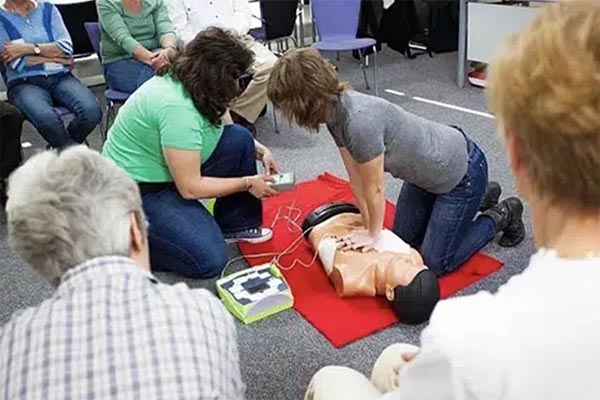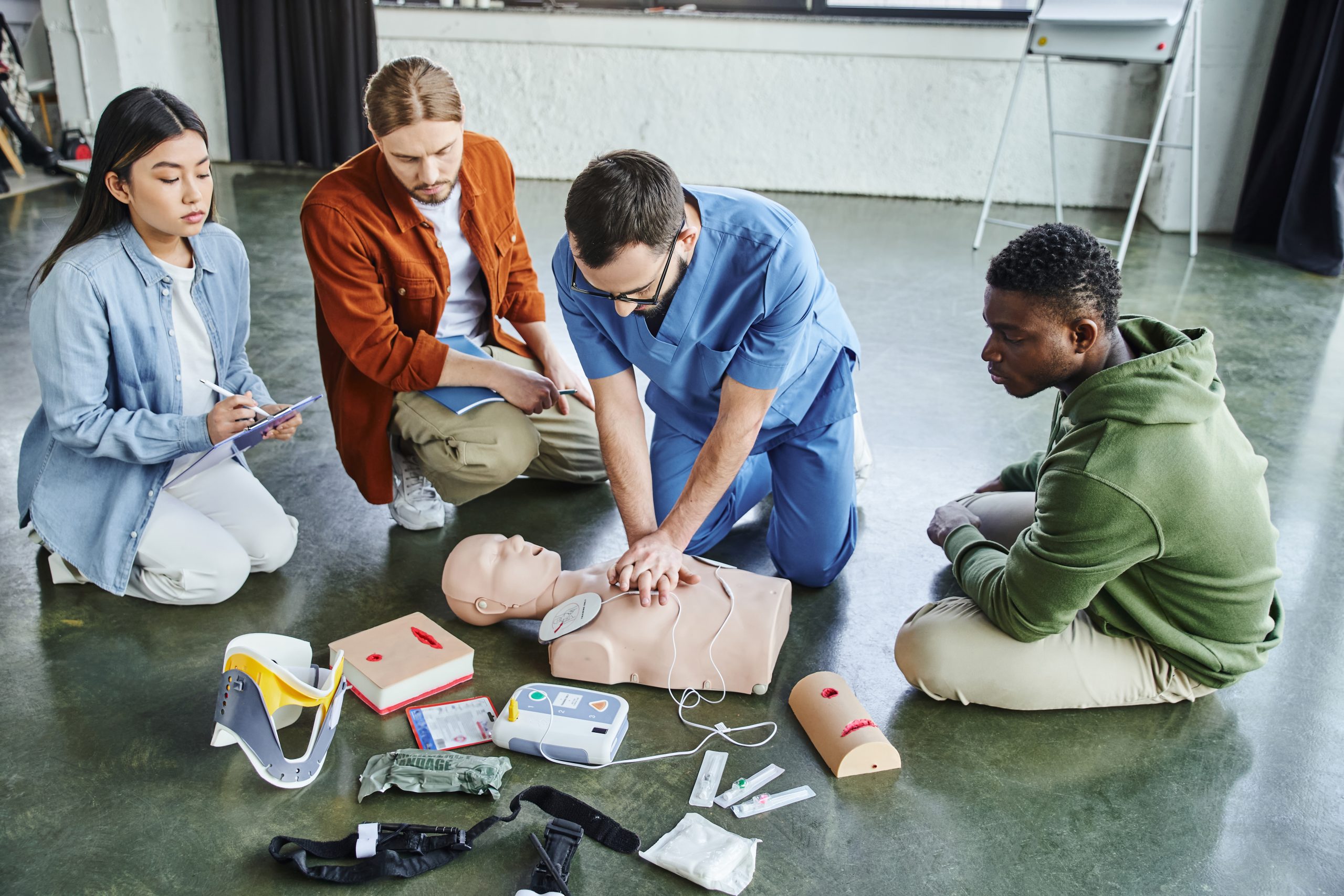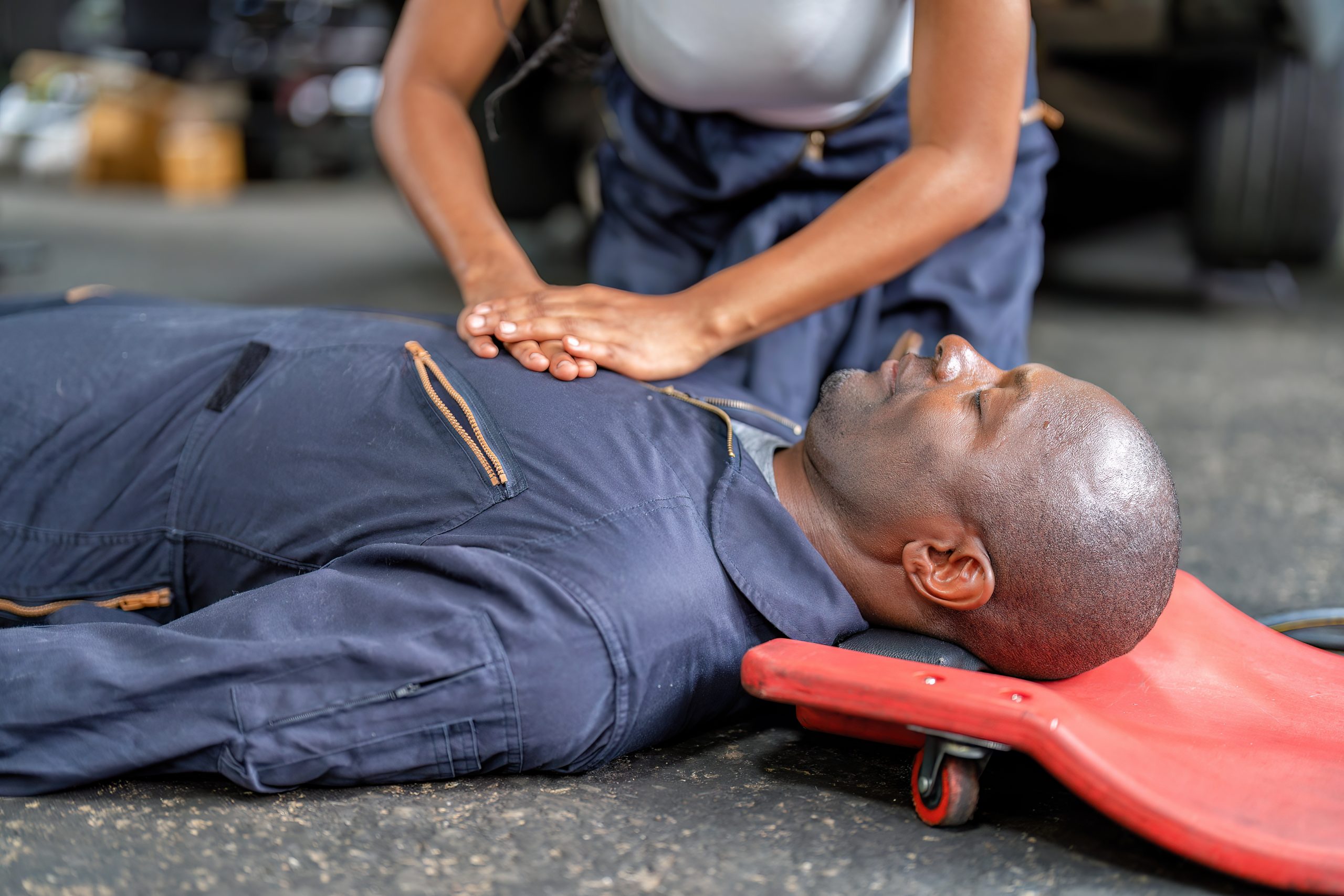
In times of crisis, knowing how to perform basic first aid can be the difference between life and death. Whether you’re at home, at work, or on the road, being prepared with first aid knowledge is crucial. First aid is not just a skill but a vital responsibility that can help save lives. This guide will provide you with quick tips on how to perform first aid effectively in emergency situations, ensuring you’re ready to handle whatever comes your way.
First aid is the initial assistance given to a person who is injured or suddenly taken ill. It’s not a substitute for professional medical help, but it can help stabilize a situation until emergency services arrive. Understanding the basic principles of first aid can empower individuals to act confidently in emergencies. Here are some of the basic principles of first aid that everyone should be familiar with:
Before jumping into action, take a moment to assess the situation. Ensure your safety first before assisting others. Check the surroundings for any potential hazards like fire, electrical wires, or traffic. Once it’s safe, approach the person in need. This initial assessment is crucial as it can help you prioritize actions and resources. Remember that staying calm and composed can significantly impact the effectiveness of your response.

One of the first steps in any emergency is to call for professional help. Dial emergency services and provide them with clear information about the location and nature of the incident. While waiting for help to arrive, you can start administering first aid. It’s important to stay on the line with the operator, as they can provide vital instructions. Knowing what to say and how to convey the situation accurately can expedite the arrival of emergency responders.
Here are some first aid tips for common emergencies you might encounter. Understanding these can help you act effectively and confidently when faced with sudden situations.

Being prepared for emergencies is just as important as knowing how to respond. Preparation can reduce panic and improve outcomes in crisis situations. Here are some tips to ensure you’re ready:
Having a well-stocked first aid kit is essential. Your kit should include bandages, antiseptic wipes, adhesive tape, scissors, tweezers, and gloves. Regularly check and replenish your first aid kit to ensure it’s ready when needed. Customizing your kit based on your activities and specific needs, such as including insect bite treatments for outdoor activities, can enhance its effectiveness.
Consider taking a first aid course to enhance your skills. Organizations like the Red Cross offer courses that cover everything from CPR to advanced first aid techniques. Training can build confidence and prepare you for real-life emergencies. Ongoing education and refreshers can help you stay updated on the latest best practices and techniques.
Keep a list of emergency contacts, including local emergency services, family members, and your healthcare provider. Ensure that everyone in your household knows where this list is located. Having this information readily available can save precious time during an emergency. In addition, consider storing this list digitally on your phone for quick access.
First aid for children and the elderly may require special considerations due to their unique needs and vulnerabilities. Understanding these differences can help provide more effective care. Here’s how you can tailor your approach:
First aid is a valuable skill that can save lives in emergencies. By understanding the basics and being prepared, you can make a significant difference in a crisis. Remember to stay calm, call for help, and administer aid confidently and compassionately. Investing time in learning first aid is investing in the safety and well-being of those around you. Stay prepared, and you can be the difference when it matters most. Regular practice and refreshers can keep your skills sharp and ensure you are always ready to respond effectively.
Don’t wait for an emergency to learn how to save a life. Contact CPR Classes Near You today to gain essential skills in CPR and First Aid. Whether you’re a beginner or looking to refresh your knowledge, these classes will equip you with the confidence and expertise to act effectively in a crisis. Invest in your safety and the safety of others—sign up for a class now!
Our primary goal is to ensure that you receive a top-quality CPR/First Aid certification. With our in-person training in Austin, you can learn CPR and BLS in just one class. Your presence is all that’s needed to continue with your lesson! During your session, you will complete all the live-training components necessary to ensure you receive your AHA Healthcare Provider certification card.
Our CPR Classes in Austin are discounted to $59.95 (saving you $20), and our CPR + First Aid Class is offered at $79.95 (also saving you $20). When looking for CPR Classes, ensure to check for the American Heart Association seal. Other sites might seem cheaper but frequently lack the official training credentials demanded by employers.
Upon successful completion of the course, you will obtain a CPR certification that is valid for two years. The AHA CPR certification is recognized with the highest acceptance rate among employers nationwide.
Indeed! Enroll in any CPR Certification Austin BLS course to extend your certification for an additional two years. The in-person BLS course and the Renewal Class are identical.
Anyone capable of completing the course independently should consider pursuing CPR training and CPR Certification. There is no minimum age restriction for obtaining a CPR certification in Austin through the American Heart Association (AHA)..
CPR training needs to be carried out in person to guarantee its effectiveness. Our experienced instructors offer an engaging and dynamic learning experience. Typically, employers do not recognize CPR certifications that are obtained solely through online courses.
All authorized American Heart Association training centers are obligated to display the entire video. After a three-hour session with CPR Classes Near Me Austin, your BLS CPR eCard will be promptly issued by the instructor on the same day!